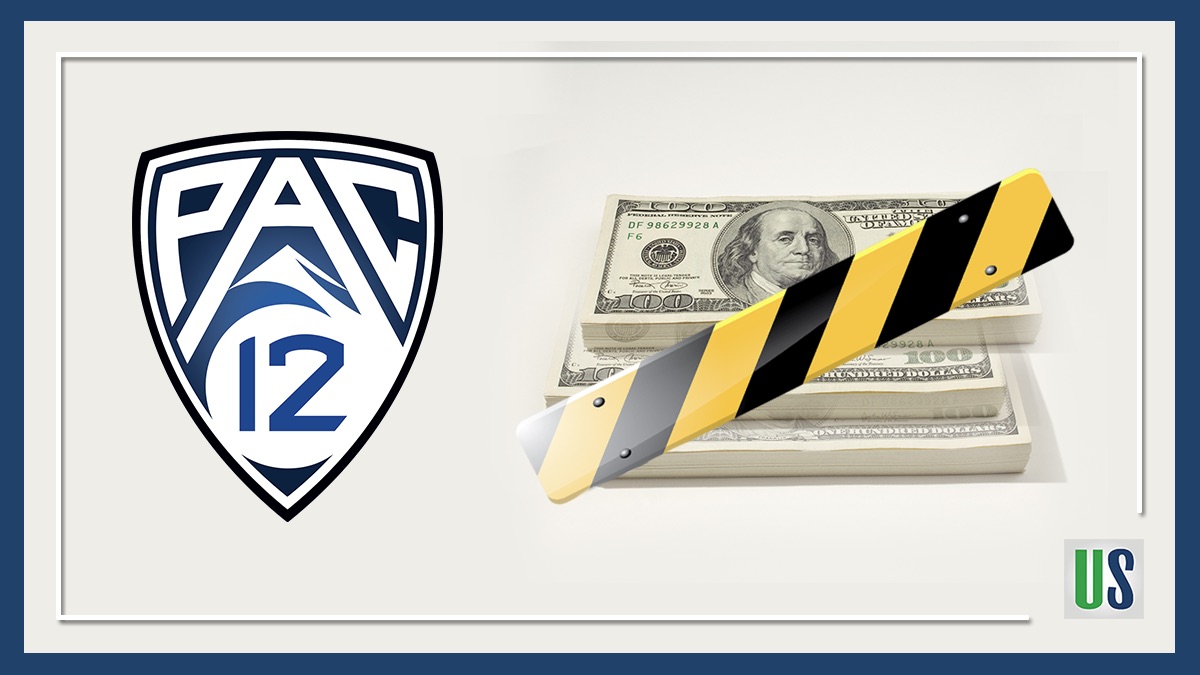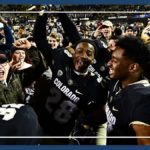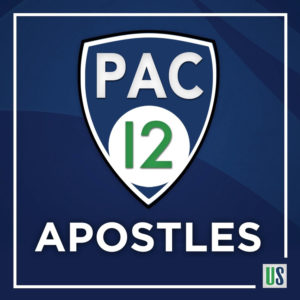
- Player-approved health standards enforced by a third party
- Prohibit COVID-19 waivers
- 50% of total conference revenue evenly distributed among athletes
- Ability to secure Name, Image, and Likeness (NIL) representation
- Freedom to transfer and/or return to school if undrafted
- Reduce pay of Larry Scott, coaches, and administrators
- Due process rights
These are a few of the “Pac-12 Football Unity Demands” included in the #WeAreUnited campaign. Most demands appear simple enough – players shouldn’t have to forego academic eligibility for pursuing their dreams, nor should they be denied rights granted to fellow students. Furthermore, due to uncertainty surrounding the long-term effects of COVID-19, third party oversight ensuring player safety is a must.
On the other hand, demanding revenue share and dictating administrative pay structures are difficult asks. These items are better suited for collective bargaining; however, PAC-12 players lack the key mechanism required to negotiate their interests: a union.
College athletes’ right to unionize was last addressed in 2015, when Northwestern University’s football team unsuccessfully attempted to form the first union in the NCAA. The school faced significant NCAA pushback. However, a collective unit of Pac-12 athletes should hold greater weight if they decide unionization efforts would further solidify their attempt for change.
How Does the NCAA Respond to #WeAreUnited?
The NCAA plays a vital role in determining athletic freedoms. The “protection of amateurism” will certainly be used as a shield against the majority of demands. But what if ACC, SEC, and/or other conference players openly join the #WeAreUnited campaign? Full-fledged player commitment to forego the 2020 NCAA football season may cause member schools to rethink the current state of a college athlete.
A break away from the NCAA could be a huge boon for the player empowerment movement. The Professional Collegiate League (PCL) is spearheading a similar move exclusively focused on men’s college basketball. Though there should be a certiain resemblance in approach, PCL Chief Innovation Officer Andy Schwarz questions the motives behind the proposed conglomerate:
“My suspicion is if the schools are leading the charge, [the] goal is not to put athletes’ rights at the center of the enterprise, which is a core value for The PCL.”
Schools wishing to avoid the issues currently plaguing the NCAA should take the majority of player demands into consideration. Yet even in a non-NCAA world, the likelihood of schools recognizing a player union – and the effects that come with it – is currently non-existent.
With #WeAreUnited, players are injecting their input into discussions in ways they haven’t been able to before. Some schools may not fully respect the movement:

The future of the NCAA hinges on what comes of the 2020 NCAA Football season. If it plays out, it will be because players feel their voices have been heard. If players refuse, how schools and/or the NCAA respond will tell athletes all they need to know regarding their status as the key cog of a billion-dollar industry.





No comment yet, add your voice below!